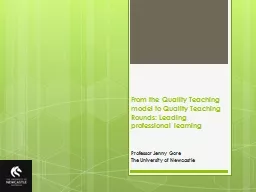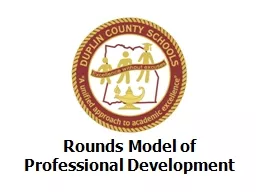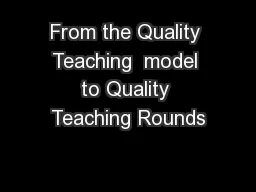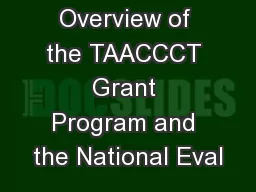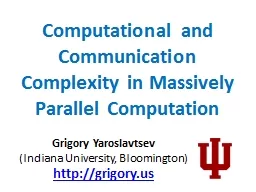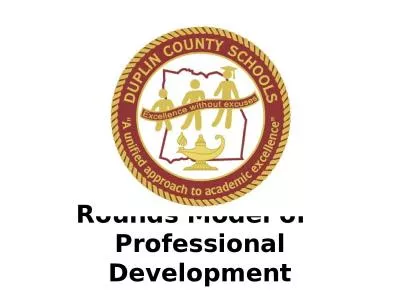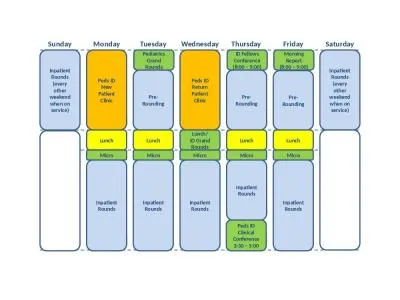PPT-From the Quality Teaching model to Quality Teaching Rounds
Author : jane-oiler | Published Date : 2016-07-06
Professor Jenny Gore The University of Newcastle Complex field of teacher professional learning Support such as protocols leadership facilitation Teacher learning
Presentation Embed Code
Download Presentation
Download Presentation The PPT/PDF document "From the Quality Teaching model to Qual..." is the property of its rightful owner. Permission is granted to download and print the materials on this website for personal, non-commercial use only, and to display it on your personal computer provided you do not modify the materials and that you retain all copyright notices contained in the materials. By downloading content from our website, you accept the terms of this agreement.
From the Quality Teaching model to Quality Teaching Rounds: Transcript
Download Rules Of Document
"From the Quality Teaching model to Quality Teaching Rounds"The content belongs to its owner. You may download and print it for personal use, without modification, and keep all copyright notices. By downloading, you agree to these terms.
Related Documents

